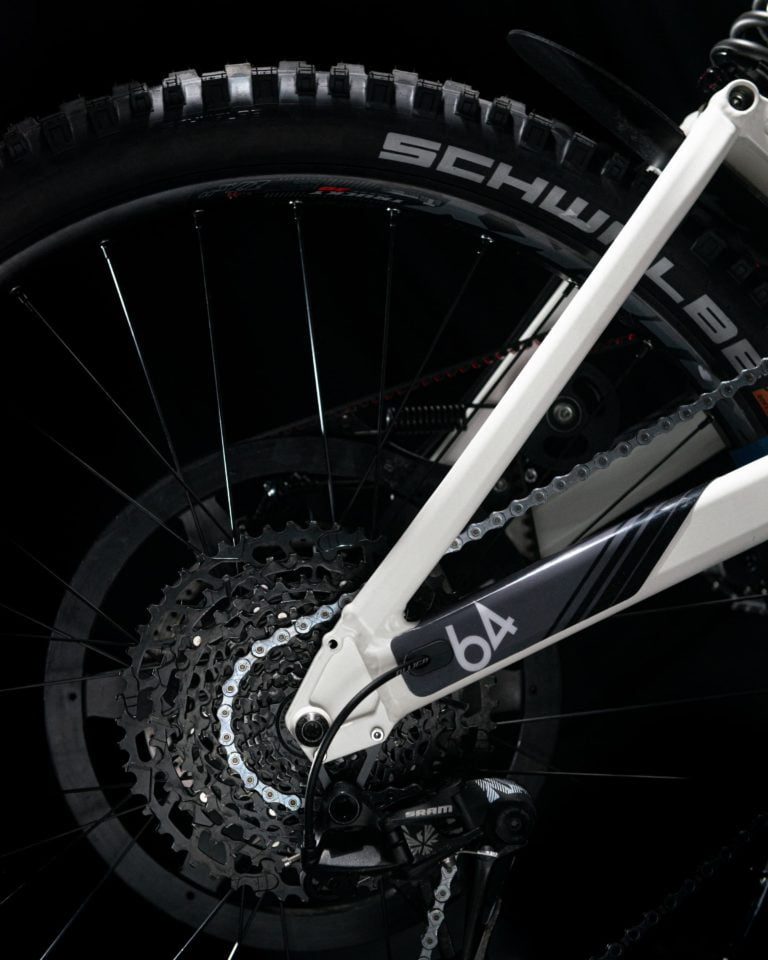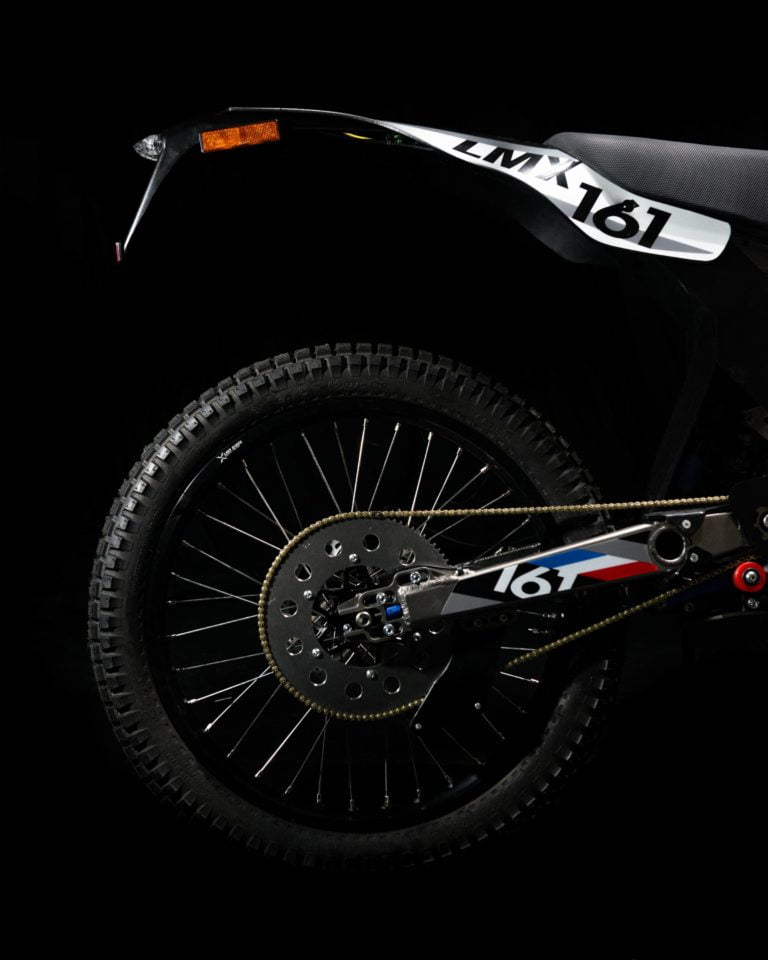Fermeture de fin d’année : L’envoi des commandes sera arreté du 19/12/2025 au 05/01/2026. Le support reste ouvert excepté les jours fériés.
End of year closing : Order shipping will be stopped from 19/12/2025 to 05/01/2025. Support remains active except on National day off.



